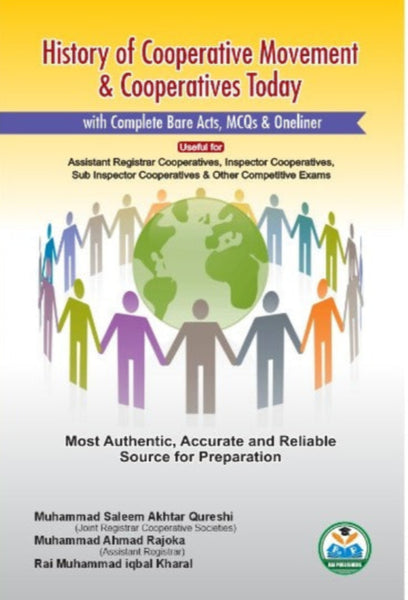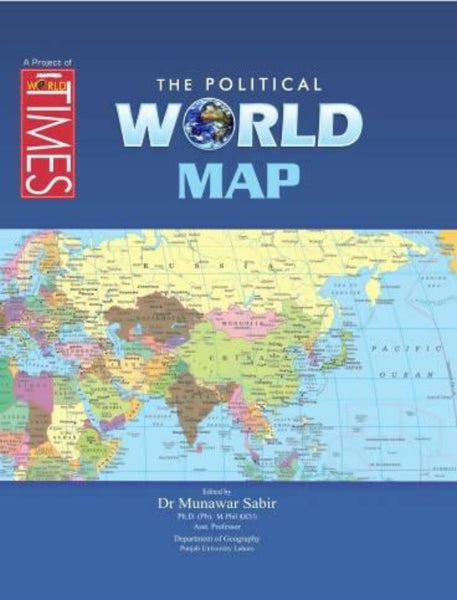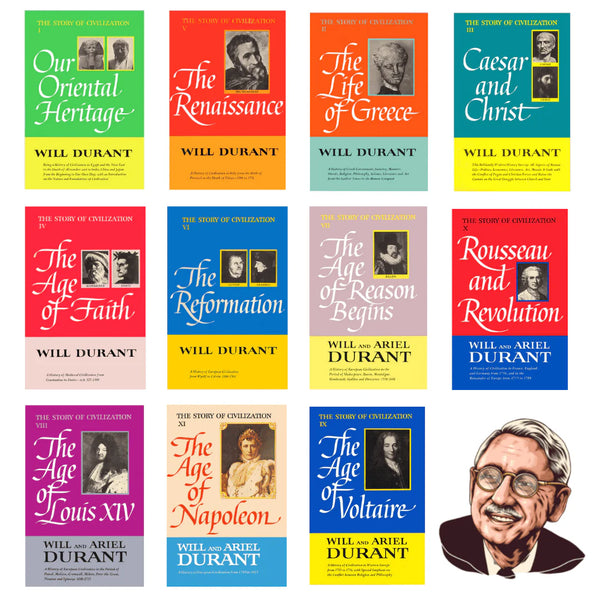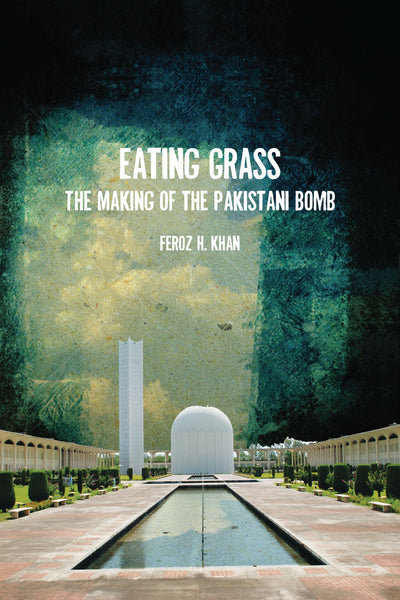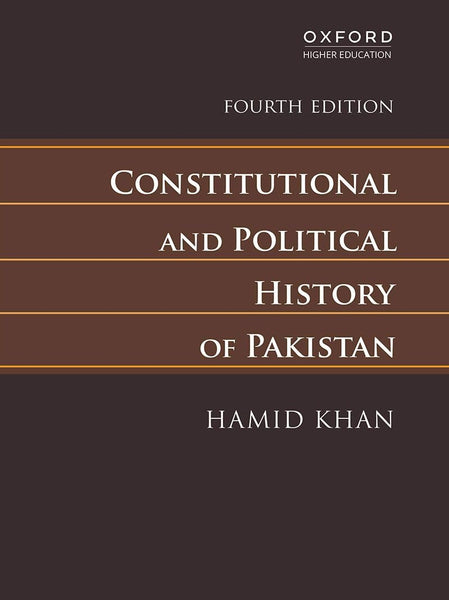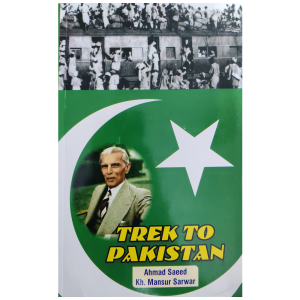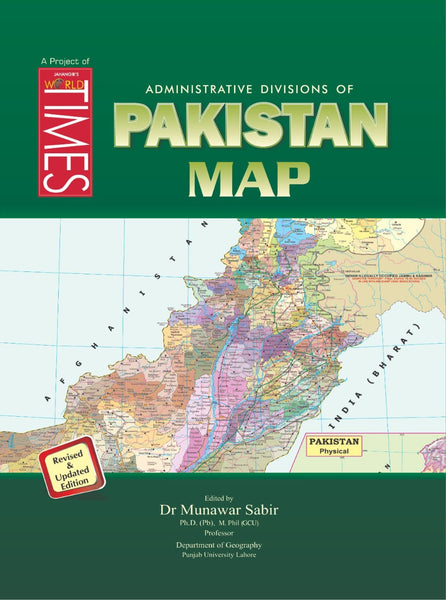The Making of the Indo-Islamic World: c.700–1800 CE by André Wink (Author)
- Publisher: HISTORY
- Availability: In Stock
- SKU: 57016
- Number of Pages: 308
Rs.690.00
Rs.895.00
Tags: affordable prices , André Wink Indo-Islamic World , best books , Best Price , best prices , best shop , bookshop , bookshop Multan , bookshop online , bookshop online Multan , bookshopPakistan , buy online books , Cultural Synthesis in India , Delhi Sultanate and Mughal Empire , Early Islamic Rule in India , good books , good booksonline , Hinduism and Islam in India , History of Indian Muslims , History of Indo-Islamic Civilization , History of Islamic Dynasties in India , Indian History 700-1800 CE , Indian Muslim Identity , Indian Subcontinent and Islam , Indo-Islamic Culture , Indo-Islamic World Economy , Islamic Architecture in India , Islamic Arts and Literature in India , Islamic Empires in India , Islamic Expansion in South Asia , Islamic Influence in India , Islamic Intellectual Thought in India , Islamic Rule in the Indian Subcontinent , Islamic Trade and Economy in India , Islam’s Impact on Indian Society , Medieval Indian History , Mughal and Delhi Sultanate History , one stop shop , online books store , Online Bookshop , Online Bookshop Pakistan , online shopping , Online Shopping Pakistan , OnlineShoppingPakistan , Pakistan Bookshop , PakistanBookshop , PakistanOnlineShopping , Political History of Medieval India , price cut , price-friendly Comprehensive , ReasonablePrice , reduced price , Religion and Politics in Medieval India , Religious Syncretism in India , Shopping , ShopSmartPakistan , The Making of the Indo-Islamic World , The Mughals and Indo-Islamic Culture , The Rise of Islam in India , The Role of Sufism in India , The Spread of Islam in South Asia
The Making of the Indo-Islamic World: c.700–1800 CE by André Wink is a comprehensive study of the transformation of the Indian subcontinent under the influence of Islam. The book traces the development of the Indo-Islamic world from the early Muslim invasions in the 7th century to the fall of the Mughal Empire in the 18th century. Wink examines the cultural, political, and social changes that occurred as a result of the interactions between indigenous Indian traditions and the Islamic world. By focusing on key historical events, such as the establishment of the Delhi Sultanate, the rise and decline of Mughal rule, and the spread of Islam across different regions of India, the book provides a detailed account of how Islamic civilization shaped the subcontinent. Wink emphasizes the synthesis of Indian and Islamic cultural elements, which led to the creation of a unique Indo-Islamic culture, encompassing art, architecture, philosophy, and governance. The work is critical for understanding the lasting impact of Islam on the history and development of South Asia.
Keypoints:
-
Early Muslim Invasions: The book explores the initial Islamic incursions into India, starting with the Arab invasion of Sindh in the 7th century and the spread of Islam across the subcontinent.
-
Delhi Sultanate: Wink provides an in-depth analysis of the Delhi Sultanate (1206–1526), marking the period when Islam firmly established itself as a political and cultural force in India.
-
Mughal Empire: The rise and achievements of the Mughal Empire are discussed, with a focus on how Mughal rulers like Akbar promoted religious tolerance, cultural integration, and the flourishing of Indo-Islamic arts.
-
Religious and Cultural Synthesis: The book examines the blending of Islamic and indigenous Indian traditions in various fields, such as language, architecture, music, and cuisine, leading to the creation of a unique Indo-Islamic culture.
-
Spread of Islam: Wink investigates the spread of Islam in different regions of India, from the northwest to the south, and the varying approaches to conversion and integration of Islamic practices into local customs.
-
Political Structures: The book outlines the administrative and political structures of Islamic rule in India, emphasizing the role of Muslim rulers in shaping the governance systems.
-
Social and Economic Changes: The social and economic impact of Islamic rule is explored, including changes in trade, agriculture, and urbanization, as well as the rise of new social hierarchies.
-
Art and Architecture: Wink highlights the development of Indo-Islamic art and architecture, particularly the construction of monumental structures like the Taj Mahal, and the fusion of Persian, Mughal, and Indian styles.
-
Intellectual Movements: The intellectual exchange between Islamic and Indian scholars is discussed, covering advancements in philosophy, science, and literature that shaped the broader Indo-Islamic worldview.
-
Decline of the Mughal Empire: The book examines the factors leading to the decline of the Mughal Empire in the 18th century, including internal strife, external invasions, and the weakening of central authority.
Conclusion:
The Making of the Indo-Islamic World by André Wink offers an in-depth and nuanced perspective on the history of Islam's influence on the Indian subcontinent. Through its detailed analysis of key events, cultural exchanges, and political shifts, the book provides a profound understanding of the complex relationship between India and Islam from the 7th to the 18th centuries. It is an essential read for anyone interested in the historical development of South Asia and the formation of its unique Indo-Islamic identity.
════ ⋆★⋆ ═══
Writer ✤ André Wink (Author)



